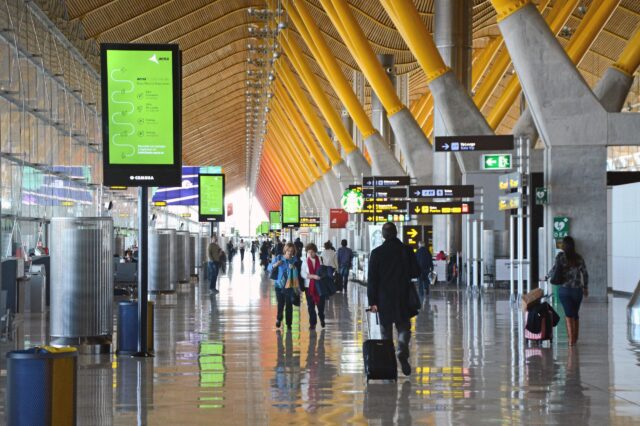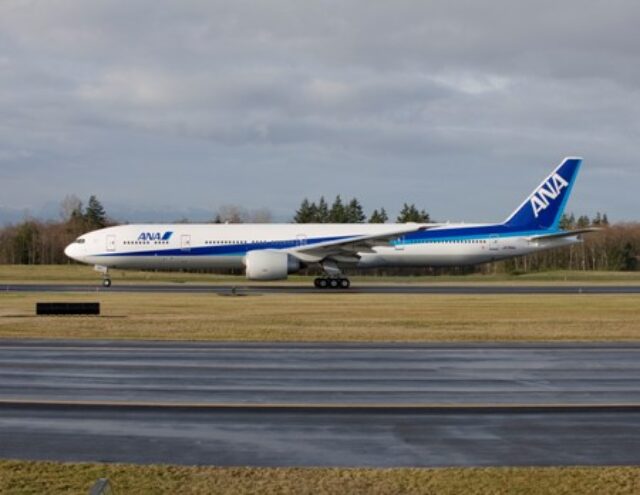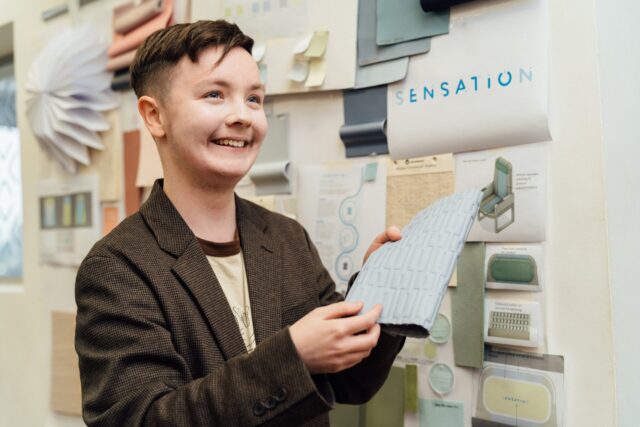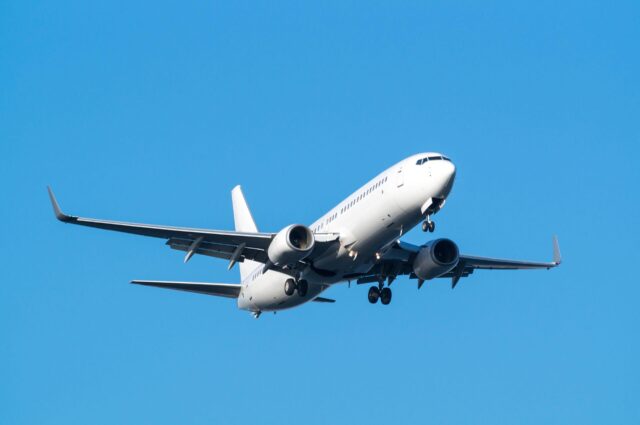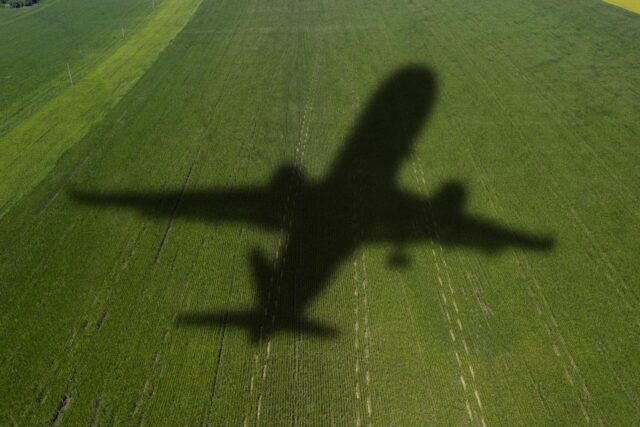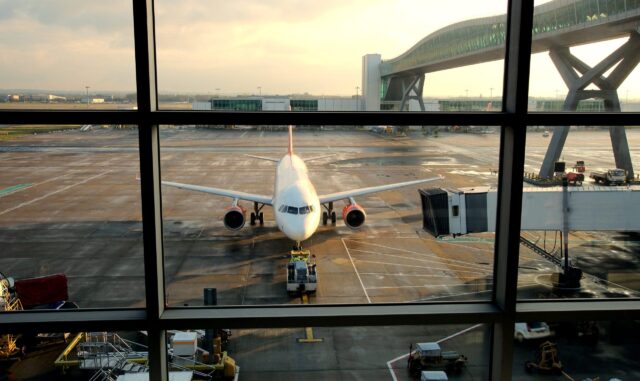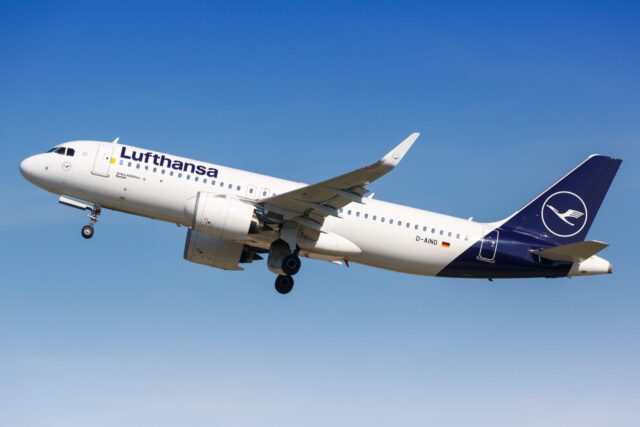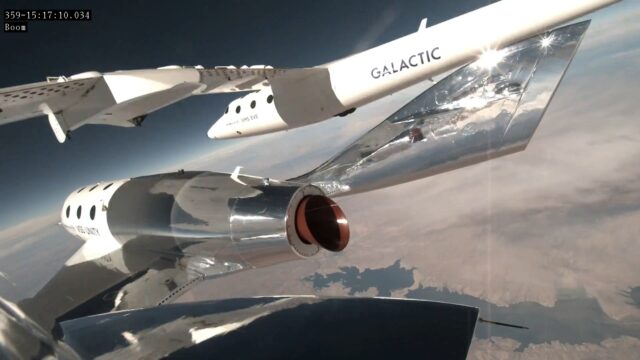SkyFly set for first eVTOL flight

With British eVTOL designer and developer SkyFly nearing the first flight of its ‘Axe’ aircraft, Aerospace Global News caught up with CEO Michael Thompson and Phil Hall, head of certification and engineering, to learn more about the aircraft’s development and ongoing objectives.
SkyFly’s fixed-wing, canard-configured eVTOL – capable of carrying two crew (with a maximum all-up weight of 652kg) – is unique among eVTOL initiatives in that it is being offered as a homebuild concept. With the full-scale aircraft nearing its inaugural flight within the coming weeks, the initiative begun life as a third-scale model “where we did a huge amount of testing and getting it right,” said Hall.
Four years later, the recently-completed first aircraft – a continuation of various iterations of subscale models – has been undergoing ground runs and power checks in preparation for its first flight. SkyFly has now secured Civil Aviation Authority (CAA) permissions to commence the campaign – something scheduled to last around six months, after which the certification campaign will commence.
Michael Thompson (himself a helicopter pilot) cites the key specialities and skills of his team as an essential element to the project, along with insights learned from his previous business in drones; something that has informed the current aircraft design. “We were looking at the fact that to go at any speed with a drone the whole aircraft has to have an essentially high drag angle to get any sort of decent speeds – so we looked at tilting motors on smaller drives to get faster cruise speed, and then we added wings,” he explained.
“The canard design makes total sense when you want to operate a quadcopter format,” he continued, highlighting the aircraft’s safety surrounding stalling. In such an event, the SkyFly will automatically recover (negating the need for control input), also making it safer.
Although testing will originally be crewed, Hall believes it would be more logical from a safety perspective to allow autonomous flight. This entails an applicant applying to the CAA, with the regulator evaluating the proposed operation “for compliance with the UAS Regulations and to gain assurance the proposed authorisation is safe enough to authorise,” clarified the CAA.
However, “a huge amount of [regulation considerations] is evolving,” continued Hall, adding: “The CAA have given us the direction in which we need to go once we’ve gone through the testing”. Indeed, he describes the regulatory personnel involved as “very keen to see this happen” despite “juggling with balls that are not designed for this sort of concept – and what they’re having to do is evolve rules that allow to work with aircraft like this”.
SkyFly’s target is recreational pilots, with the kit-built aspect (similar to the fixed-wing Vans RV series) intended to be “as easy as possible”. The company will also offer build assistance courses. The propulsion system comes courtesy of Geiger Engineering – with the motors, speed controls and batteries a “sort of off the shelf system” – while the French-made propellers have accumulated more than 3.3 million flight hours on this specific design without fault.
With flight tests expected imminently, Thompson is also considering future funding avenues; hoping to augment funding raised from angel investors with potential government funding, something which would be very beneficial to ongoing development work. However, with successful flights under its belt, SkyFly is also hoping to attract interest from defence organisations too, with a subsequent uncrewed variant also planned. “Let your imagination run!” he concluded.




